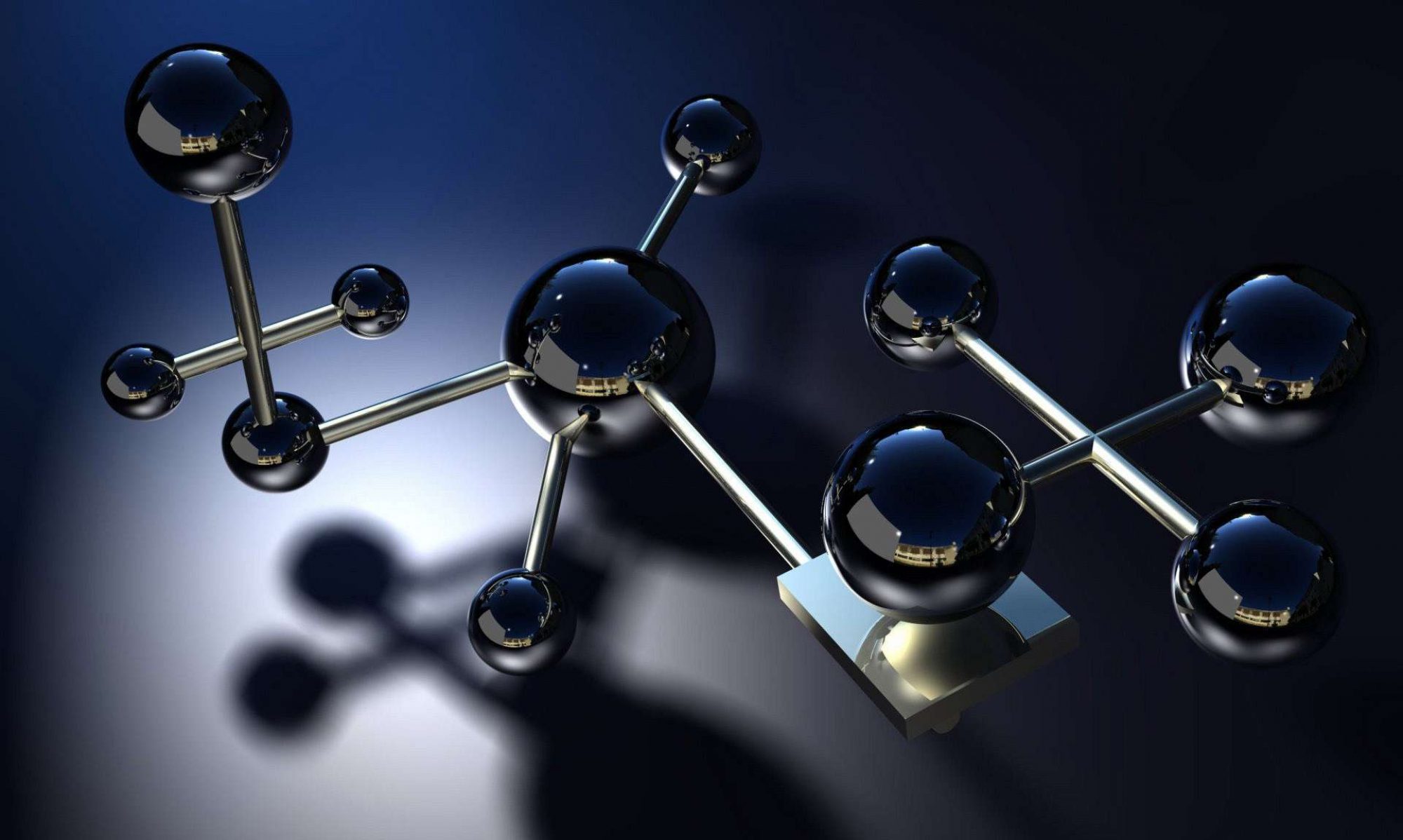June can be a difficult month for engaging students. Particularly grade 12 students distracted by prom, grad, final exams and dreams of summer sunshine. One activity that I have used over the years for my chemistry 12 students is making “bio-batteries.” This is a fun, really easy to set up activity that allows students to apply their knowledge of electrochemistry in an engaging, interesting and unusual way.
Constructing Bio-Batteries
This activity has a huge payoff for minimal preparation on the part of the teacher or the students. All you need to do is have some fruits and vegetables  available, along with various metal electrodes, leads and volt meters. That’s it!
available, along with various metal electrodes, leads and volt meters. That’s it!
 Students then construct bio-batteries by sticking the electrodes into the various fruits and vegetables and measure the voltage. You can make the activity as casual or formal as you like and either way, students find the activity fun and eye opening. Different groups can even try connecting their batteries together in series or parallel and see how the voltage changes or not.
Students then construct bio-batteries by sticking the electrodes into the various fruits and vegetables and measure the voltage. You can make the activity as casual or formal as you like and either way, students find the activity fun and eye opening. Different groups can even try connecting their batteries together in series or parallel and see how the voltage changes or not.  Depending how adventurous the class is, you might even try making human bio- batteries by holding electrodes connected to a volt meter with hands dampened by salty water.
Depending how adventurous the class is, you might even try making human bio- batteries by holding electrodes connected to a volt meter with hands dampened by salty water.
To help the students focus and give them some structure, I hand out this guide sheet at the beginning of the class. It is even fun for them to take notes and draw diagrams of the different galvanic cells that they are creating, playing the role of Allesandro Volta.
In preparation, other than having electrodes, leads and volt meters ready, I would drop by my local produce or grocery store and buy up their “sad state”  fruits and vegetables. You might check-in a couple days in advance and ask them to set aside some of these fruits and veggies that otherwise would be heading to the compost. You could also ask students to go through their fridges at home and look for something appropriate to use and bring to class. Oranges, lemons, grapefruits, watermelon, potatoes, bananas, apples, yams… there are endless possibilities. Most classrooms have access to zinc, copper, nickel, aluminum and maybe even silver electrodes.
fruits and vegetables. You might check-in a couple days in advance and ask them to set aside some of these fruits and veggies that otherwise would be heading to the compost. You could also ask students to go through their fridges at home and look for something appropriate to use and bring to class. Oranges, lemons, grapefruits, watermelon, potatoes, bananas, apples, yams… there are endless possibilities. Most classrooms have access to zinc, copper, nickel, aluminum and maybe even silver electrodes.
Students will be able to apply what they have been learning and have a blast in the process. They’ll remember the activity for a long time. If you try it out, feel free to leave a comment and let me know how it went.
